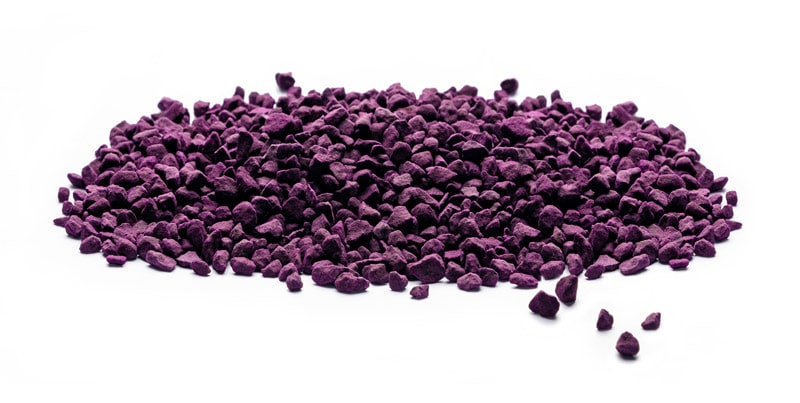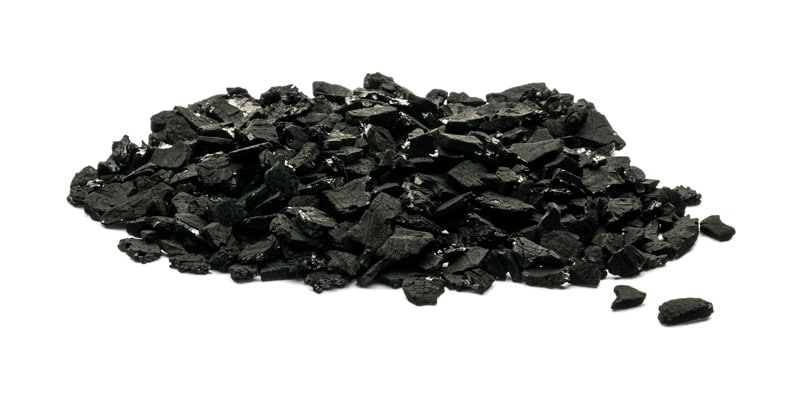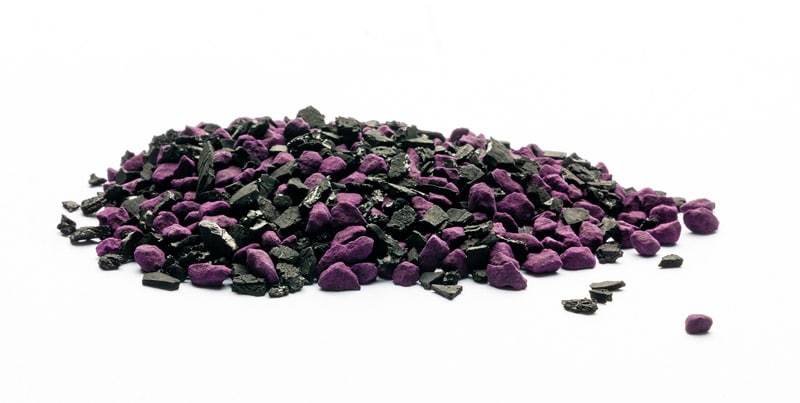Air Pollutants
Search for your pollutant, contaminant or concer for a product
Dichloroethylene
1,1-Dichloroethene, commonly called 1,1-dichloroethylene or 1,1-DCE, is an organochloride with the molecular formula C2H2Cl2. It is a colorless liquid with a sharp odor. Like most chlorocarbons, it is poorly soluble in water, but soluble in organic solvents. 1,1-DCE was the precursor to the original cling-wrap for food, but this application has been phased out.
1,2-Dichloroethene, commonly called 1,2-dichloroethylene or 1,2-DCE, is an organochloride with the molecular formula C2H2Cl2. It is a highly flammable, colorless liquid with a sharp, harsh odor. It can exist as either of two geometric isomers, cis-1,2-dichloroethene or trans-1,2-dichloroethene, but is often used as a mixture of the two. It is minimally soluble (5090 mg/L for the cis-isomer[1]) in water, and soluble in ethanol, diethyl ether, acetone, benzene, and chloroform.
1,2-DCE is used as a solvent for waxes, resins, polymers, fats, and lacquers. It is also used as an intermediate in the preparation of other chlorinated solvents.
The major health effect of inhalation of vapors of 1,2-DCE is narcosis; it has been used in a combination with diethyl ether as an anesthetic. In high concentrations, exposure to 1,2-DCE causes central nervous system depression; in milder exposures, it can produce nausea, vomiting, weakness, tremor, epigastric cramps, burning of the eyes and vertigo.
Media Solution
Dichloromonofluormethane
Dichlorofluoromethane or Freon 21 or R 21 is a halomethane or hydrochlorofluorocarbon. It is a colorless and odorless gas.
Its critical point is at 178.5 °C (451.7 K) and 517 MPa (51.7 bar). At temperatures from 5 K to 105 K it has one phase in the space group Pbca.
Media Solution
Dichloronitroethane
Media Solution
Dichloropropane
1,2-Dichloropropane is an organic compound classified as a chlorocarbon. It is a colorless, flammable liquid with a chloroform-like odor.
1,2-Dichloropropane is used as a chemical intermediate in the production of perchloroethylene and other chlorinated chemicals.[2] In the past, 1,2-dichloropropane was used as a soilfumigant, chemical intermediate, and industrial solvent and was found in paint strippers, varnishes, and furniture finish removers but these uses have been mostly discontinued.
Media Solution
Dichlorotetrafluormethane
1,2-Dichlorotetrafluoroethane, or R-114, is a chlorofluorocarbon (CFC) with the molecular formula ClF2CCF2Cl. Its primary use has been as a refrigerant. It is a non-flammable gas with a sweetish, chloroform-like odor with critical point at 145.6 °C and 3.26 MPa. When pressurized or cooled, it is a colorless liquid. It is listed on the Intergovernmental Panel on Climate Change‘s list of ozone depleting chemicals.
When used as a refrigerant, R-114 is classified as a medium pressure refrigerant.
The US Navy uses R-114 in its centrifugal chillers in preference to R-11 to avoid air and moisture leakage into the system. While the evaporator of an R-11 charged chiller runs at a vacuum during operation, R-114 yields approximately 0 psig operating pressure in the evaporator.
Media Solution
Diesel Fumes
Media Solution
Diethylamine
Diethylamine is a secondary amine with the molecular structure CH3CH2NHCH2CH3. It is a flammable, strongly alkaline liquid. It is miscible with water and ethanol. It is a colorless liquid which often appears brown due to impurities. It is volatile and has a strong unpleasant odor.
Diethylamine is manufactured from ethanol and ammonia and is obtained together with ethylamine and triethylamine. It is used as a corrosion inhibitor and in the production of rubber, resins, dyes and pharmaceuticals.
Diethylamine is a corrosive chemical and contact with skin may cause irritation or burns.
Media Solution
Dimethyl Sulfide
Dimethyl sulfide (DMS) or methylthiomethane is an organosulfur compound with the formula (CH3)2S. Dimethyl sulfide is a water-insoluble flammable liquid that boils at 37 °C (99 °F) and has a characteristic disagreeable odor. It is a component of the smell produced from cooking of certain vegetables, notably maize, cabbage, beetroot and seafoods. It is also an indication of bacterial infection in malt production and brewing. It is a breakdown product of dimethylsulfoniopropionate (DMSP), and is also produced by the bacterial metabolism of methanethiol.
Media Solution
Dimethylaniline
N,N-Dimethylaniline (DMA) is an organic chemical compound, a substituted derivative of aniline. It consists of a tertiary amine, featuring dimethylamino group attached to a phenylgroup. This oily liquid is colourless when pure, but commercial samples are often yellow. It is an important precursor to dyes such as Crystal violet.
Media Solution
Dimethylsulfate
Dimethyl sulfate is a chemical compound with formula (CH3O)2SO2. As the diester of methanol and sulfuric acid, its formula is often written as (CH3)2SO4 or even Me2SO4, where CH3or Me is methyl. Me2SO4 is mainly used as a methylating agent in organic synthesis.
Under standard conditions, Me2SO4 is a colourless oily liquid with a slight onion-like odour (although smelling it would represent significant exposure). Like all strong alkylating agents, Me2SO4 is highly toxic. Its use as a laboratory reagent has been superseded to some extent by methyl triflate, CF3SO3CH3, the methyl ester of trifluoromethanesulfonic acid.
 HS-600
HS-600
 HS-AC
HS-AC
 XB-17
XB-17